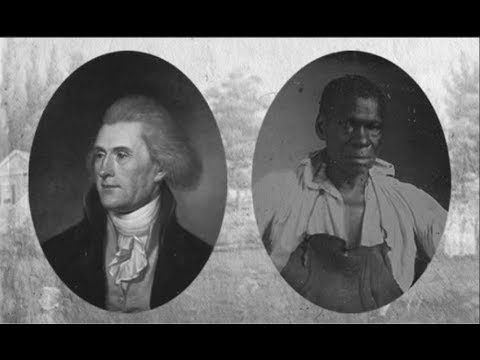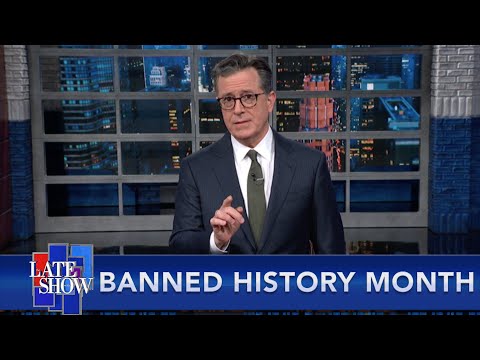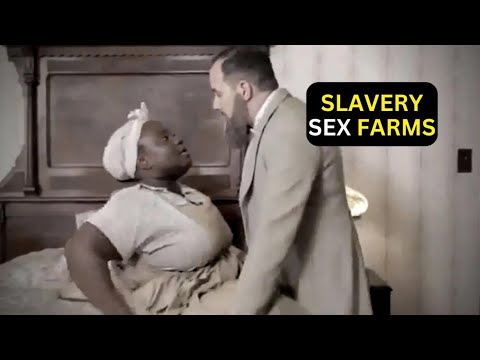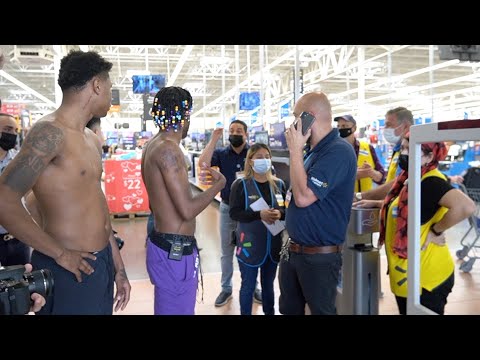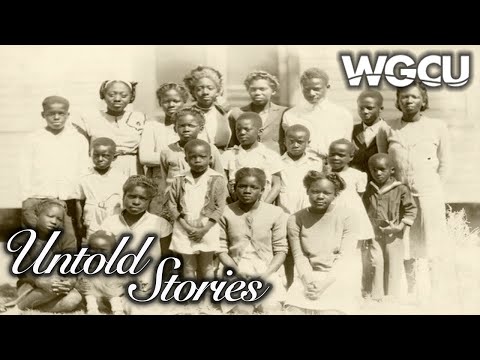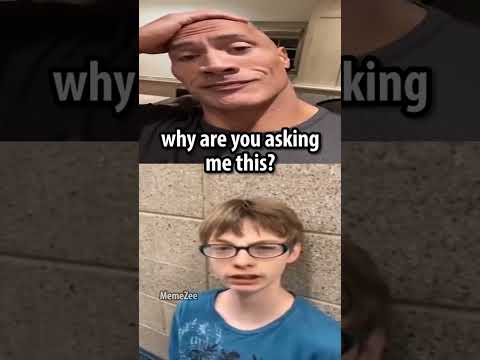In history, certain events and narratives shape our understanding of the world. They become part of our collective knowledge, influencing how we perceive certain cultures or groups of people. The Crash Course US History series has embarked on a monumental task to shed light on some of these stories that have shaped the United States. One such historical narrative explored in their first episode is The Black Legend, Native Americans, and Spaniards.
The concept of the Black Legend originated during the 16th century when Spain was at its height of power as a maritime empire. It refers to the idea that Spain was inherently cruel, brutal, and intolerant during its colonization efforts in the Americas. This narrative was largely propagated by other European powers with vested interests to undermine Spain’s dominance.
The mythos surrounding the Black Legend implanted horrific images in people’s minds – tales of Spanish conquistadors brutally subjugating indigenous populations through violence, enslavement, and forced conversion. While it is true that some Spaniards were undoubtedly guilty of acts against humanity during their conquests, it is essential to acknowledge that not all individuals must be painted with the same brush.
The Crash Course US History episode elaborates on how this narrative played into larger geopolitical struggles between Europe’s powers at that time. Countries like England and France utilized this image to tarnish Spain’s reputation in an effort to justify their own colonial pursuits in America.
However, one crucial aspect often overlooked while discussing this topic is Native American agency in shaping history. Native Americans were portrayed as passive victims unable to resist or fight back against Spanish colonization. This depiction fails to acknowledge their rich cultural heritage, sophisticated societies, and complex relationships with European colonizers.
Furthermore, it is essential to recognize that not all encounters between Native Americans and Spaniards were violent or detrimental for indigenous populations. In fact, there were numerous instances where cooperation and cultural exchange occurred. Spanish influence is evident in numerous aspects of Native American culture, including language, religion, and architecture. It is crucial to mention these stories as well to present a balanced view of the historical events.
The Crash Course US History episode serves as a reminder that history is not as simplistic as it may seem. It urges viewers to question the narratives presented to them and delve deeper to gain a better understanding of historical events. By offering various perspectives in the context of The Black Legend, Native Americans, and Spaniards, it becomes evident that history is seldom black and white.
This crash course highlights the importance of dismantling historical misconceptions that have persisted for centuries. By recognizing alternative perspectives and questioning long-standing narratives, we can strive for a more nuanced understanding of our shared history.
As we continue to learn about the past through shows like Crash Course US History, it becomes increasingly important to approach history with open minds. We should seek out diverse sources and interpretations that challenge preconceived notions, allowing us to better comprehend complex historical events like The Black Legend while providing a fairer representation of all parties involved.
